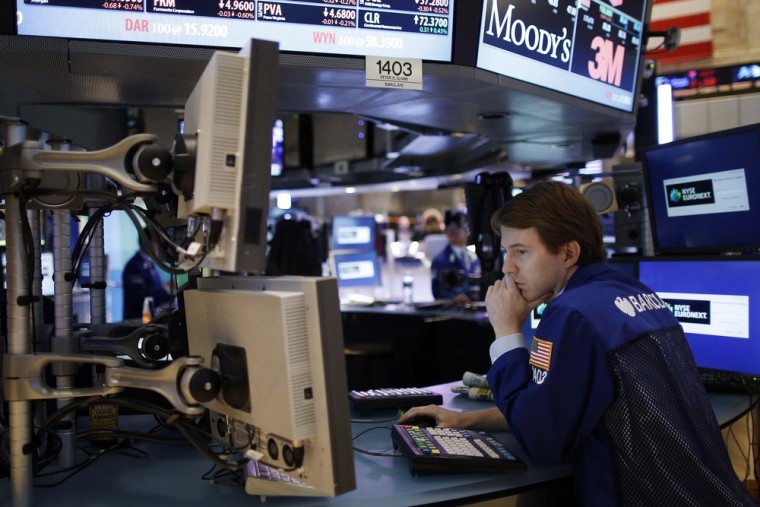Stocks rose, with the Dow Jones industrial average racking up a 1 percent gain, as the prospect of a winner in the U.S. presidential election removed a major uncertainty that has been dogging investors.
If stocks end higher, it would be the second straight gain in prices.
At midday, the Dow was up 141.84 points, or 1.08 percent, at 13,254.28. The Standard & Poor's 500 Index was up 11.18 points, or 0.79 percent, at 1,428.44. The Nasdaq Composite Index was up 13.39 points, or 0.45 percent, at 3,013.05.
Polls showed President Barack Obama and Republican challenger Mitt Romney neck-and-neck in a race that will be decided in a handful of battleground states. A change in political leadership could affect sectors such as healthcare, energy and financials.
Investors will also closely watch races in the Senate and House of Representatives that will affect the "fiscal cliff," or $600 billion in spending cuts and tax increases that are set to be automatically triggered at the end of the year unless a deal is reached between Congress and the White House.
""I think people are kind of feeling like, 'Hey, we're going to have an answer to the election. The uncertainty is still there, but we know that the end is very near," said Bryant Evans, investment adviser and portfolio manager at Cozad Asset Management, in Champaign, Illinois.
Here's how the stock market has fared in election days past:
- Nov. 6, 1984: Hours before Ronald Reagan beats Walter Mondale in a landslide for re-election, and with the economy healing after a deep recession, the Dow climbs 14 points to 1,244.
- Nov. 8, 1988: The market enjoys a strong morning in anticipation of a victory by George Bush over Michael Dukakis. It holds only a fraction of the gain, and the Dow ends up two points at 2,127.
- Nov. 3, 1992: An uneventful session one day after a rally based in part on speculation that a Bill Clinton presidency wouldn't hurt the markets. The Dow ends down nine points at 3,252.
- Nov. 5, 1996: In the middle of a historic bull market, investors embrace hope that Democrat Clinton and a Republican Congress will keep each other in check. The Dow rises 39 to 6,081, within 13 points of its all-time high.
- Nov. 7, 2000: George W. Bush and Al Gore go to the wire, and investors hold their bets. The Dow closes down 25 points at 10,952. The Dow slides as much as 5 percent during the five-week fight over the Florida vote.
- Nov. 2, 2004: After a five-day winning streak, the market confronts the prospect that the race between George W. Bush and John Kerry won't be settled on Election Night. Late selling pushes the Dow down 18 points to 10,035.
- Nov. 4, 2008: Investors expect an Obama victory and look ahead to a new administration to confront the financial crisis and deepening recession. At a time when wild swings are common, the Dow climbs 305 points to 9,625.
The Associated Press and Reuters contributed to this report.
